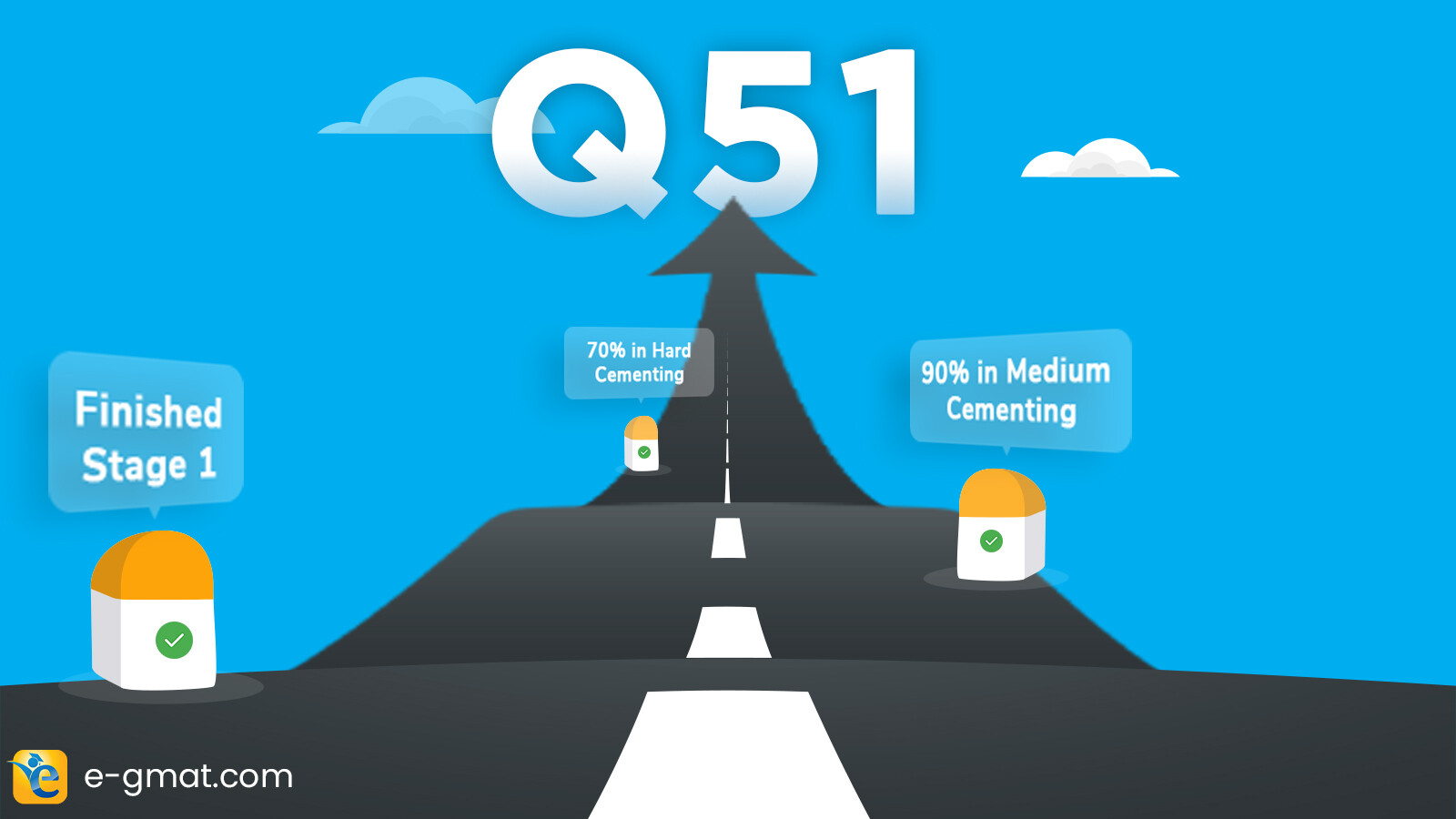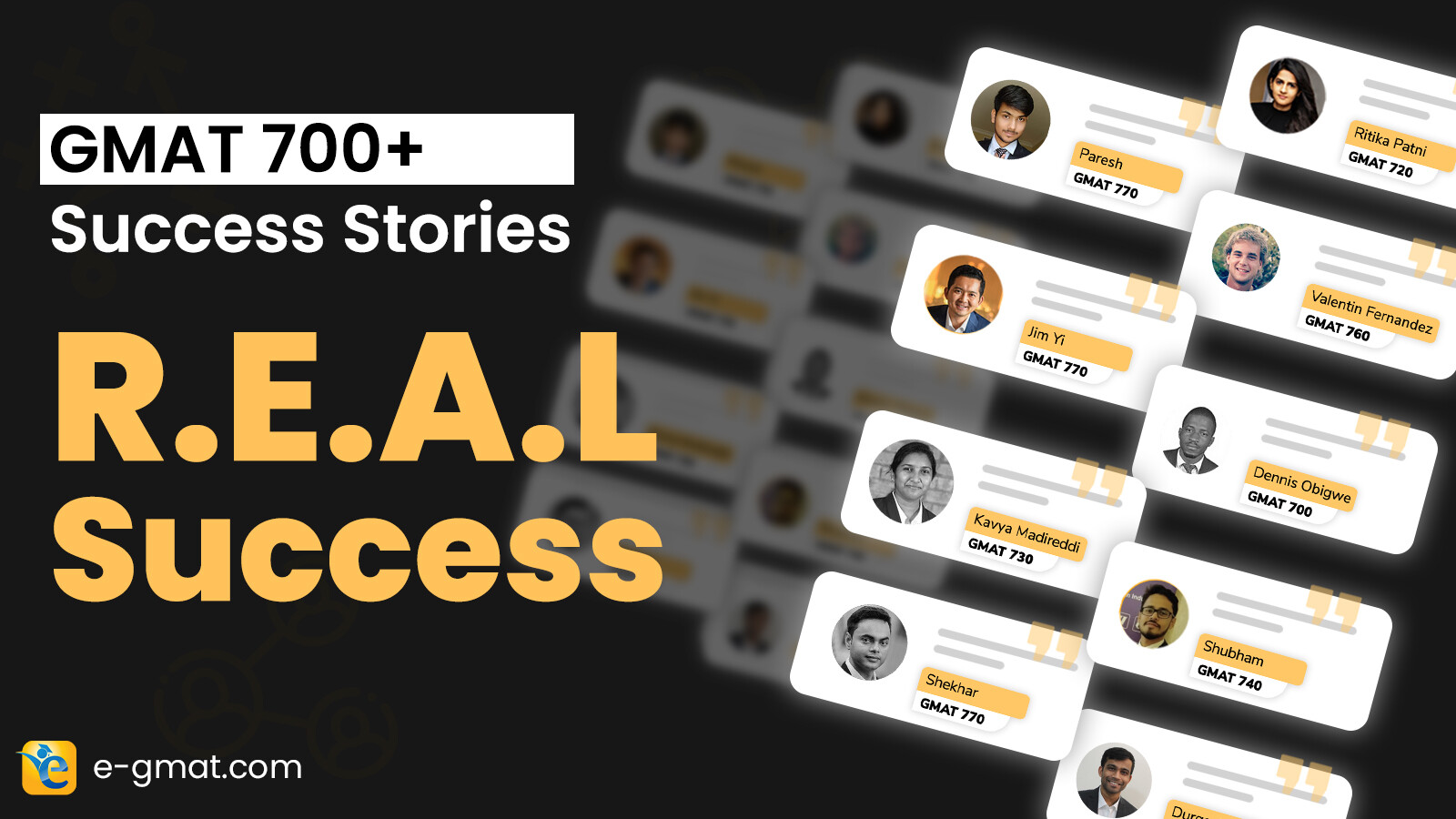WHAT DO BOLD FACE QUESTIONS TEST?
Bold Face questions test your ability to analyse complex arguments or reasoning.
A Bold Face (BF) question contains an argument with one or more highlighted (bolded) statements. The question stem asks you to select the answer choice that describes the role played by these highlighted statements.
Understanding Logic vs. Application
This is different from other Critical Reasoning (CR) questions, such as assumption, weaken/strengthen, evaluate, or inference questions that test your ability to understand the logic of the arguments and to select a fact or evidence that would provide additional information to strengthen or weaken the argument. Thus, in these questions you not only need to understand the logic of the argument and but also apply it in some way.
Bold Face questions, on the other hand, are just about understanding the logic, not its application. While one part is eliminated, the other part i.e. understanding of the logic is made more difficult. So, one conclusion and two or three statements (evidences or facts or opinions); a passage in a BF question would generally be longer to make the logic more complex.
So what are Bolded Statements?
These statements may play different roles – premises, intermediate conclusions, facts, opinions, judgements, interpretations, claims, justifications, etc. In addition, these statements may come in any order. For example: an opinion may be supported by a fact, then countered by some other evidence and then again favoured for some other reason. Your job, then, is to figure out what is happening, without getting bogged down by the complexity.
WHAT CORE SKILLS SHOULD YOU MASTER TO ANSWER BOLD FACE QUESTIONS?
1. The ability to classify bold face statements correctly
The first foundational skill you need to tackle Bold Face questions is your ability to classify (bolded) statements correctly. This means an ability to think clearly in complex scenarios in the face of facts, evidences, counter-evidences, opinions, judgements all thrown together. This requires an ability to remove the disguise of appearances to figure out the real purpose of that statement in the argument. Read the example below:
- Arg1: Since the average GMAT Club member scores 50 points higher than the average aspirant does, it is clear that GMAT Club helps students perform better on the GMAT.
- Arg2: Since GMAT Club helps students perform better on the GMAT, Ron should join GMAT Club.
Note, the highlighted (bolded) statement is the same in both the statements. However, in the first argument, the bolded argument is a claim made by the author. It is also the author’s conclusion, while in the second argument, the author uses the highlighted statement as a fact (used as a premise) to substantiate his recommendation (conclusion).
In BF questions as well as in real life, you will encounter opinions presented as facts and facts presented as mere coincidences – all it boils down to is your ability to understand how an argument is framed and correspondingly classify a statement appropriately.
While some people are naturally good at handling complex reasoning, others can develop this skill by reading diverse materials, gradually increasing the complexity level and by applying their logical skills to evaluate the reasoning in these reading materials. The key is to proactively develop this skill.
2. Clear understanding of commonly used terms
Terms such as claim, intermediate conclusion, fact, evidence, principle, belief, etc. should be part of your vocabulary. This implies that you should understand clearly what a fact is and how it is different from a claim. This is because the answer choices in a Bold Face question will use these terms.
Another aspect of this key skill is to understand which of the terms above can be used interchangeably. For example, in most instances, evidence and fact can be used interchangeably. Similarly, claim and opinion can be interchanged in most instances as well.
3. The ability to link the highlighted statement to the conclusion of the argument.
Another crucial skill, this question assesses is your ability to ascertain whether a highlighted (bolded) statement supports/refutes the conclusion. There are many ways to determine this. Some people use the negation test – perfectly legitimate way to assess the linkage to the conclusion. You negate the highlighted statement. If the conclusion becomes less believable in the light of the negated statement, then the highlighted statement supports the conclusion, or vice versa. Let’s apply this to the argument above:
- Original Argument: Since GMAT Club helps students perform better on the GMAT, Ron should join GMAT Club
- Conclusion: Ron should join GMAT Club
- Negated bolded statement: GMAT Club does not help students perform better on GMAT.
- Impact: As you negate the bolded statement, the conclusion becomes less believable. Hence, the original statement supports the conclusion.
However, since negation requires time and since most people are not as familiar with the negation test, we have devised a simpler test – the disappearance test. To apply this test, just remove the bolded statement from the argument. If the conclusion becomes stronger in the absence of highlighted statement, then the highlighted statement weakens the conclusion and vice versa
4. Understanding the purpose of the argument
This core skill is tested in a few Bold Face questions (about 25%). This skill tests your ability to understand why an argument is written. Let take an example below to highlight this point:
Most people have opposed the recent tax increase by the president because they believe that the tax increases will reduce their disposable income and hence have negative impact on the economy. However, the proposed tax increase only impacts 5% of the population who have amassed huge amounts of wealth, and thus this tax increase is not likely to impact the economy
What is the purpose of the bolded statement?
- It describes a circumstance that the argument seeks to explain.
- It describes a fact that has been taken as opposing the conclusion.
Even though the bolded portion is a circumstance, Choice A is incorrect because the purpose of the argument is not to explain the circumstance. The purpose of the argument is to debunk the belief that the proposed tax increase will have a negative impact on the economy.
How should you approach Bold Face questions?
Possessing core skills is like having an ability to walk; however, to reach your destination, you also need a road to walk on. It would be even better if the road is robust ( fewer pitfalls) and provides an efficient way to your destination.
Similarly, while you work on your core skills, you also require an effective and efficient approach, which lets you handle the BF questions within the time constraints of the test. Here is the approach that we recommend:
- Read the passage actively. Make sure that you understand the logic of entire argument. The best way to do this is by classifying each statement and linking it to the previous statement. Pay special emphasis on the highlighted (bolded) statements.
- Classify the bold face statements to prethink the answer: Classify each bold face statement. Write the following about each statement;
- what is the statement
- how does it relate to the conclusion (Strengthen, Weaken, no relation).
3. Evaluate the answer choices and select the correct answer.
Solved Official Question
In countries where automobile insurance includes compensation for whiplash injuries sustained in automobile accidents, reports of having suffered such injuries are twice as frequent as they are in countries where whiplash is not covered. Presently, no objective test for whiplash exists, so it is true that spurious reports of whiplash injuries cannot be readily identified. Nevertheless, these facts do not warrant the conclusion drawn by some commentators that in the countries with the higher rates of reported whiplash injuries, half of the reported cases are spurious. Clearly, in countries where automobile insurance does not include compensation for whiplash, people often have little incentive to report whiplash injuries that they actually have suffered.
In the argument given, the two boldfaced portions play which of the following roles?
- The first is a claim that the argument disputes; the second is a conclusion that has been based on that claim.
- The first is a claim that has been used to support a conclusion that the argument accepts; the second is that conclusion.
- The first is evidence that has been used to support a conclusion for which the argument provides further evidence; the second is the main conclusion of the argument.
- The first is a finding whose implications are at issue in the argument; the second is a claim presented in order to argue against deriving certain implications from that finding.
- The first is a finding whose accuracy is evaluated in the argument; the second is evidence presented to establish that the finding is accurate.
Argument Analysis and Prethinking
Start by actively read the passage once and then, look at the options.
- “In countries where automobile insurance includes compensation for whiplash injuries sustained in automobile accidents, reports of having suffered such injuries are twice as frequent as they are in countries where whiplash is not covered” – The statement is written in a factual form, like reporting of a finding. The author simply states a fact that whiplash injuries are more commonly reported in countries where the automobile insurance includes compensation for such injuries.
- “Presently, no objective test for whiplash exists, so it is true that spurious reports of whiplash injuries cannot be readily identified” – The author first presents a fact – no objective test for whiplash exists – and then presents his opinion or an intermediate conclusion – so it is true that spurious reports of whiplash injuries cannot be readily identified.
- “Nevertheless, these facts do not warrant the conclusion drawn by some commentators that in the countries with the higher rates of reported whiplash injuries, half of the reported cases are spurious” – This statement is quite complex and may induce errors in understanding in a lot of people. Let’s understand. Firstly, it begins with ‘Nevertheless’, which means that something counter to the previous statement is going to come here. “these facts…” here refer to previous conclusion (that spurious reports of whiplash injuries cannot be readily identified) and the first statement. You can see how an intermediate conclusion is referred to as a fact in the next statement. So what is this statement – this statement is author’s opinion and may be the overall conclusion of the argument.
- “Clearly, in countries where automobile insurance does not include compensation for whiplash, people often have little incentive to report whiplash injuries that they actually have suffered.” – Read it along with the previous statement. In this statement, the author provides justification for his opinion that the commentators are wrong in drawing their conclusion. The author says that in countries which don’t include compensation for whiplash injuries, people don’t have the incentive to report such injuries. This statement is author’s justification to support his conclusion.
BF1: Fact from which a conclusion has been drawn in the argument.
BF2: Author’s justification to support the conclusion of the argument
Answer Choice Analysis
Now, let’s look at options C, D & E
- Option C – BF1: we see that BF1 is indeed an evidence of the conclusion of commentators. Besides, there is further evidence for this conclusion in statement 2, which is also used as a premise for the conclusion.
BF2: As we have understood above, BF2 is not the main conclusion. It is author’s justification to support the conclusion of the argument.
So, option C eliminated.
- Option D – BF1: We see that BF1 is a finding whose implication could refer to the conclusion drawn by the commentators. This conclusion is at issue. First part is correct.
BF2: is it a claim? Yes, it is presented like a view of the author. Is it presented against some implication of the BF1? Yes, it is presented as a view to counter the conclusion of the commentators.
So, option D could be correct.
- Option E – We have seen that BF1 is treated like a fact in the argument and its accuracy is nowhere evaluated. Thus, this is incorrect.
So, we find that option D is the correct answer.
Key takeaways:
Bold Face questions test your ability of complex reasoning, which essentially, is a test of your skill to think clearly and logically in complex scenarios.
While development of these skills is essential, an efficient and effective approach is also required to achieve the desired results.
Presence of skills and a good approach will take you far; however, to achieve mastery, you will also need practice. Practice of BF questions will allow you to figure out your common pitfalls so that you can avoid those during the actual test.
If you are planning to take the GMAT, we can help you with a personalized study plan and give you access to quality online content to prepare. Write to us at acethegmat@e-gmat.com. We are the most reviewed GMAT prep company on gmatclub with more than 2400 reviews and are the only prep company that has delivered more than 700+ scores than any other GMAT club partner. Why don’t you take a free trial and judge for yourself?












